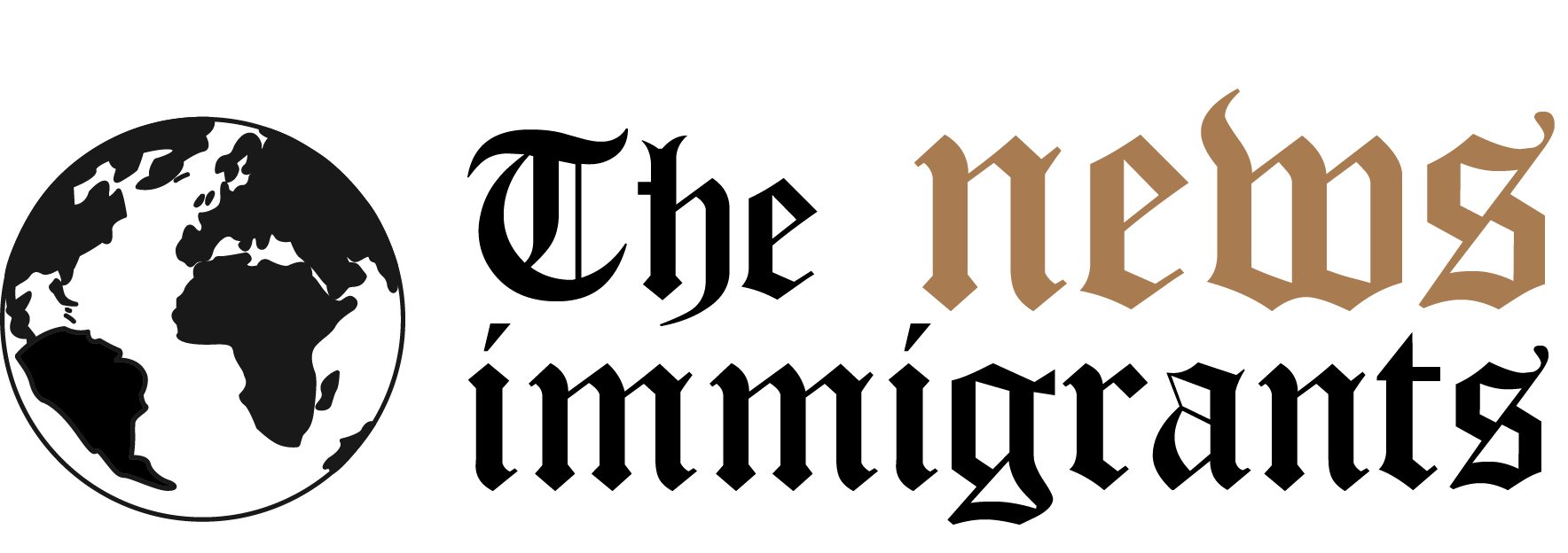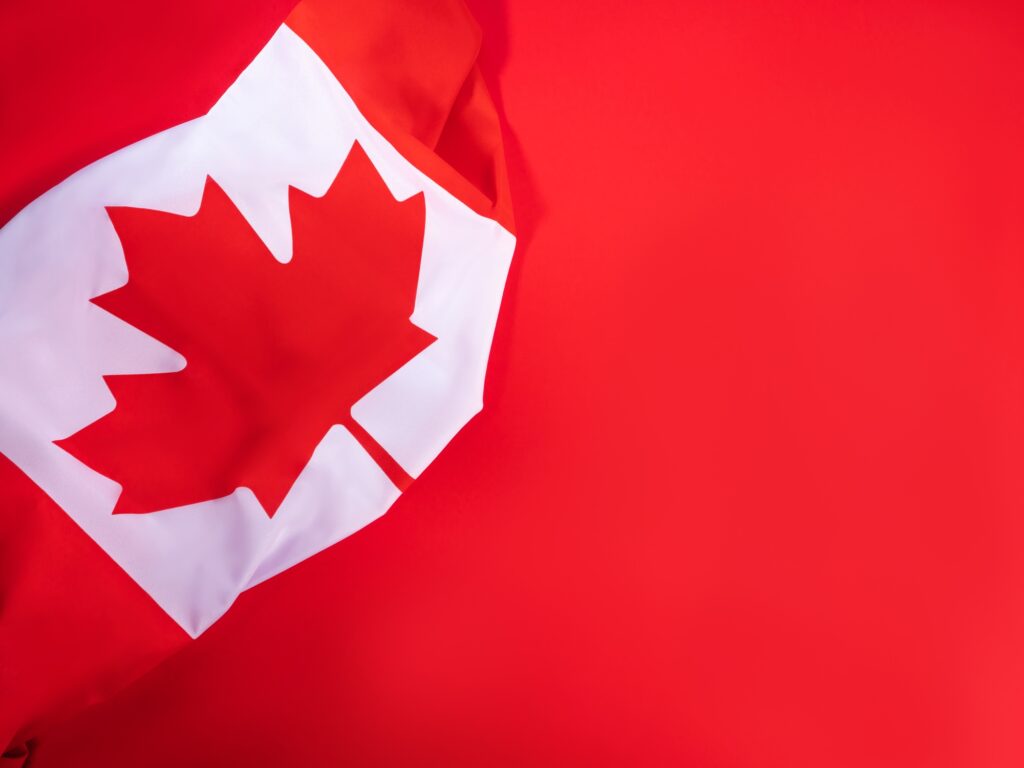Key Takeaways:
- Canada’s immigration system is undergoing significant reforms to enhance efficiency, security, and integrity.
- Key changes include the elimination of the “flagpoling” process, tighter controls on visas and permits, and the strengthening of fraud detection measures.
- Canada is also improving its international cooperation to manage irregular migration and enhance border security.
- The new rules aim to streamline processes for temporary residents and address long-standing concerns about fraud in the immigration system.
Introduction
Canada’s immigration system is set to undergo substantial changes starting in 2025, as part of an ambitious overhaul designed to improve the efficiency of the system and strengthen the integrity of its immigration processes. These reforms are expected to address several challenges, including fraud in the immigration process, delays in processing, and the increasing pressure on Canada’s borders due to irregular migration. The changes also reflect the government’s commitment to making the immigration process smoother for legitimate applicants while ensuring the system remains secure and transparent.
The reforms aim to enhance Canada’s ability to attract skilled workers, ensure the fair treatment of applicants, and reduce the complexity of immigration procedures. These adjustments come in response to challenges such as fraud, delays in processing, and the growing number of people trying to enter Canada irregularly. The changes are designed to make the immigration system more reliable, efficient, and easier to navigate for both applicants and immigration authorities.
Key Changes in the Immigration System
- Elimination of Flagpoling
Flagpoling has been a longstanding practice where temporary residents—such as visitors or students—would leave Canada and re-enter at a land border to activate or extend their visas, or to resolve issues with their status. While flagpoling was a legitimate practice for many, it was also often abused, creating unnecessary pressure at border crossings and leading to delays in processing. As part of the 2025 reforms, Canada will eliminate flagpoling altogether, meaning that temporary residents will no longer be able to use this method to resolve visa issues.
Instead, temporary residents will be required to apply for extensions online or directly through the appropriate immigration channels. This change is expected to reduce unnecessary travel to border points, cut down on administrative backlogs, and ensure that resources are allocated more efficiently to handle applications and process individuals in a more streamlined manner.
- Tighter Controls on Visas and Permits
Canada’s immigration system will be implementing stronger checks and balances regarding visas and permits. This will involve more stringent controls over the documents that support visa applications, as well as the cancellation of fraudulent visas or permits. These changes aim to enhance the integrity of the immigration system by ensuring that only legitimate applicants are allowed to enter or remain in Canada.
The government has indicated that visas and permits obtained through fraudulent means will be revoked, and applications associated with large-scale fraud will be suspended. This crackdown is designed to protect the Canadian labor market, ensure that immigration is based on genuine needs, and prevent individuals from taking advantage of loopholes in the system.
- Addressing Labour Market Impact Assessment (LMIA) Fraud
The issue of fraud related to Labour Market Impact Assessments (LMIAs)—the process through which employers prove they need to hire foreign workers—is another area of focus in the 2025 reforms. The LMIA system is meant to ensure that employers are hiring foreign workers only when no suitable Canadian candidates are available. However, the system has been subject to abuse, with some employers offering false LMIAs to facilitate the immigration of foreign workers.
Under the new regulations, Canada will take more proactive measures to address this kind of fraud. Specifically, the government will remove the points system that gave additional weight to job offers requiring an LMIA under the Express Entry program. This change aims to reduce fraud and streamline the application process by ensuring that applicants are genuinely meeting Canada’s labor market needs rather than bypassing the system through manipulated job offers.
- Enhanced Cooperation to Combat Irregular Migration
One of the most pressing issues for Canada’s immigration system in recent years has been the rise in irregular migration, where individuals cross the border illegally to enter the country. This issue has been particularly prominent at the Canada-U.S. border, where asylum seekers have increasingly attempted to enter Canada through unofficial entry points, bypassing standard immigration channels.
The Canadian government is strengthening its international cooperation to better manage and address irregular migration. This includes expanding agreements with countries like Mexico and the United States, as well as developing new partnerships to ensure that people seeking to enter Canada are doing so through legal channels.
The Safe Third Country Agreement (STCA), which requires asylum seekers to apply in the first country they reach, has been revised to make it harder for individuals to cross the border irregularly. These efforts are meant to curb illegal crossings and ensure that individuals seeking refuge in Canada are processed fairly and in accordance with the country’s immigration laws.
The Impact of These Reforms
- Improved Efficiency in Processing Applications
One of the primary goals of these reforms is to streamline the application process for temporary and permanent residents. By eliminating flagpoling and shifting to a more efficient, online-based system for extending visas and permits, Canada aims to reduce the wait times and backlogs that have plagued its immigration system. Applicants will be able to handle most of their immigration needs from the comfort of their homes, which is expected to significantly reduce the administrative burden on border authorities.
The changes are also expected to help immigration authorities focus more effectively on processing applications that are compliant with Canadian laws, while eliminating cases that are fraudulent or based on false information.
- Strengthened Immigration Integrity
By implementing tighter controls on documents and cracking down on fraud, these reforms will help protect the integrity of Canada’s immigration system. By addressing issues such as LMIA fraud and fraudulent visa applications, the Canadian government is taking steps to ensure that the immigration process remains fair for all applicants and that only those who meet legitimate criteria are allowed to enter or stay in the country.
- More Secure Borders
With stronger international cooperation and updated immigration policies, Canada is better positioned to manage irregular migration and enhance border security. By reducing illegal crossings and ensuring that asylum seekers and migrants are processed through legal channels, these changes will contribute to a more secure and well-regulated immigration system.
Conclusion
Canada’s immigration reforms set to take effect in 2025 represent a comprehensive effort to modernize and streamline the immigration system, enhance security, and increase efficiency. By eliminating flagpoling, strengthening visa and permit controls, addressing LMIA fraud, and working with international partners to combat irregular migration, Canada is taking significant steps toward ensuring a fair, transparent, and effective immigration process. These reforms are designed to maintain Canada’s reputation as a welcoming and fair destination for immigrants while protecting its borders and labor market from exploitation.
As these changes take effect, the Canadian immigration system will likely become more robust, secure, and efficient—helping the country meet its growing immigration demands while addressing contemporary challenges in migration management.
#










